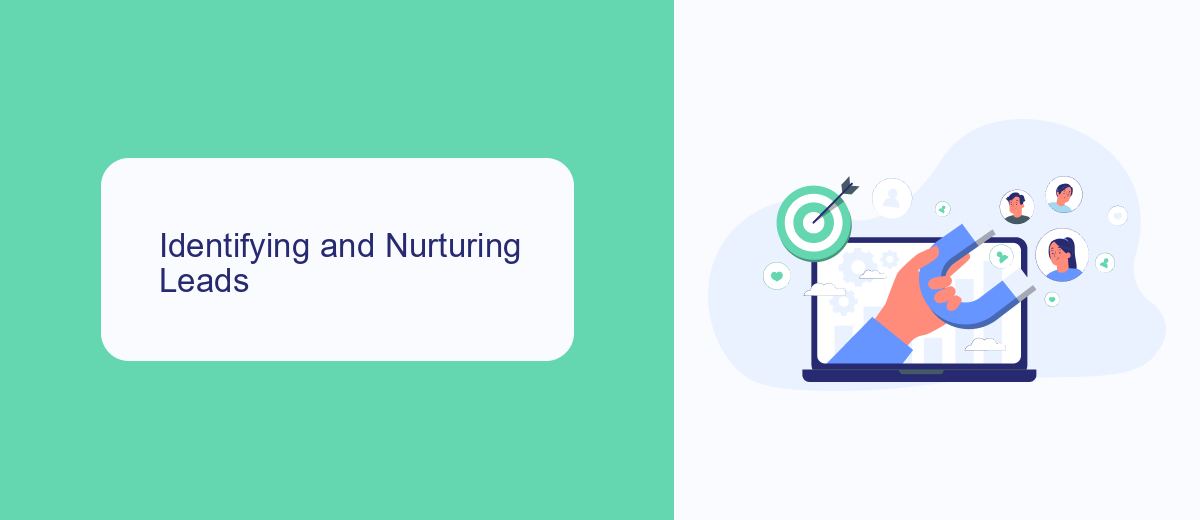Lead generation is a crucial aspect of the sales process, serving as the initial step in attracting potential customers and converting them into loyal clients. By identifying and engaging prospects, businesses can build a robust pipeline of opportunities. This article explores the meaning of lead generation in sales, its importance, and effective strategies to optimize this essential practice.
Defining Lead Generation
Lead generation is a crucial aspect of the sales process, focusing on identifying and attracting potential customers who have shown interest in a product or service. This initial stage sets the foundation for converting prospects into loyal clients, ultimately driving business growth.
- Identifying potential customers through various channels such as social media, email campaigns, and website visits.
- Capturing contact information including names, email addresses, and phone numbers.
- Nurturing leads through targeted content and personalized communication to build trust and interest.
- Utilizing tools and integrations like SaveMyLeads to streamline the lead generation process and manage data efficiently.
By leveraging advanced tools and strategies, businesses can enhance their lead generation efforts, ensuring a steady flow of qualified prospects. Integrations with platforms like SaveMyLeads allow seamless data transfer and automation, simplifying the process of capturing and nurturing leads, ultimately leading to higher conversion rates and increased sales.
Identifying and Nurturing Leads

Identifying potential leads begins with understanding your target audience and their specific needs. Utilizing various tools and platforms, businesses can gather data on potential customers' behavior and preferences. This data can then be analyzed to identify high-quality leads who are more likely to convert. Implementing an effective lead scoring system helps prioritize these leads based on their likelihood to make a purchase, ensuring that your sales team focuses their efforts on the most promising prospects.
Nurturing leads involves building and maintaining relationships with potential customers through personalized communication and targeted marketing efforts. This can be achieved through email marketing, social media engagement, and content marketing strategies. Integrating services like SaveMyLeads can streamline the lead nurturing process by automating data transfers and ensuring that your CRM system is always up-to-date with the latest information. By consistently engaging with leads and providing them with valuable content, businesses can guide them through the sales funnel and increase the chances of conversion.
Lead Generation Challenges

Lead generation in sales is crucial for business growth, yet it presents several challenges that can hinder success. Understanding these challenges can help businesses develop effective strategies to overcome them.
- Identifying Quality Leads: One of the primary challenges is distinguishing between high-quality leads and those less likely to convert. This requires effective data analysis and lead scoring mechanisms.
- Integration with Existing Systems: Seamlessly integrating lead generation tools with existing CRM and marketing systems can be complex. Services like SaveMyLeads can simplify this process by automating data transfer and ensuring smooth integration.
- Maintaining Engagement: Keeping potential leads engaged through consistent and personalized communication is essential but challenging. It requires a strategic approach to content and timing.
Addressing these challenges involves leveraging technology, refining strategies, and continuously monitoring and adjusting efforts. By doing so, businesses can enhance their lead generation processes and drive more successful conversions.
Lead Generation Strategies

Lead generation is a critical component of any successful sales strategy, aimed at attracting and converting prospects into potential customers. To achieve this, businesses implement various strategies tailored to their target audience and market dynamics.
One effective approach is to leverage content marketing, which involves creating valuable content that addresses the needs and pain points of the target audience. This not only drives traffic but also establishes the business as an authority in its field. Additionally, integrating automation tools can streamline the lead generation process, making it more efficient and scalable.
- Content Marketing: Blog posts, eBooks, and webinars to attract and educate prospects.
- Email Marketing: Targeted email campaigns to nurture leads and guide them through the sales funnel.
- Social Media: Engaging with potential customers on platforms like LinkedIn, Facebook, and Twitter.
- Automation Tools: Services like SaveMyLeads to integrate and automate lead generation processes.
By combining these strategies, businesses can create a robust lead generation system that not only attracts potential customers but also nurtures them through personalized and timely interactions. The use of tools like SaveMyLeads ensures that the process is seamless, allowing sales teams to focus on closing deals rather than manual data entry.


Lead Generation Tools
Lead generation tools are essential for identifying and capturing potential customers. These tools range from CRM systems and email marketing platforms to social media management tools and landing page builders. Each of these tools plays a crucial role in different stages of the lead generation process, helping businesses attract, engage, and convert leads into customers. For instance, CRM systems like HubSpot or Salesforce help manage and analyze customer interactions, while email marketing platforms like Mailchimp facilitate targeted communication with prospects.
Integration tools like SaveMyLeads can significantly streamline the lead generation process by automating data transfer between various platforms. SaveMyLeads allows businesses to connect their lead sources with CRM systems, email marketing tools, and other essential applications without requiring any coding knowledge. This ensures that leads are captured and processed efficiently, reducing manual work and minimizing the risk of data loss. By leveraging such integration tools, businesses can optimize their lead generation efforts and focus more on nurturing and converting leads.
FAQ
What is lead generation in sales?
Why is lead generation important for businesses?
What are some common lead generation strategies?
How can automation tools help in lead generation?
What metrics should be tracked to measure the success of lead generation efforts?
Personalized responses to new clients from Facebook/Instagram. Receiving data on new orders in real time. Prompt delivery of information to all employees who are involved in lead processing. All this can be done automatically. With the SaveMyLeads service, you will be able to easily create integrations for Facebook Lead Ads and implement automation. Set up the integration once and let it do the chores every day.
